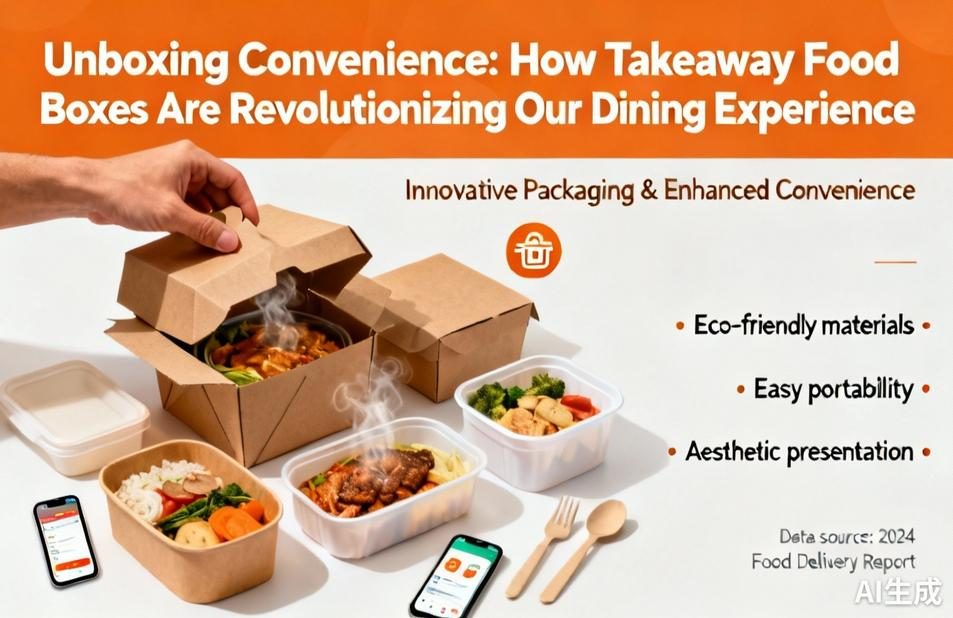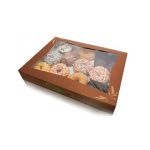
In today’s fast-paced world, the humble takeaway food box has become an unsung hero of modern dining culture. These seemingly simple containers represent more than just a means of transporting meals—they embody the evolution of how we consume food in the 21st century. From the classic cardboard pizza box to sophisticated compartmentalized containers that keep different foods separated and fresh, takeaway boxes have undergone a remarkable transformation that mirrors our changing lifestyles and environmental consciousness.
The journey of takeaway packaging began with basic wax paper wrappers and paper bags, but today’s food boxes are engineering marvels designed to preserve temperature, prevent leakage, and maintain food integrity. Modern materials include insulated foil-lined containers that keep food hot for hours, biodegradable plant-based plastics that reduce environmental impact, and innovative designs that prevent sogginess in crispy foods. The science behind these containers involves careful consideration of insulation properties, moisture resistance, and structural stability—all while ensuring the packaging doesn’t alter the taste or quality of the food inside.
One of the most significant developments in takeaway food box technology has been the compartmentalized container. These multi-section boxes allow restaurants to package complete meals with separate sections for main courses, sides, and sauces, preventing flavor transfer while maintaining optimal texture. The psychological impact of this simple innovation shouldn’t be underestimated—opening a well-organized takeaway box creates an experience almost as satisfying as dining in a restaurant, with each element presented neatly in its designated space.
Environmental considerations have dramatically shaped the evolution of takeaway packaging. As consumer awareness about plastic pollution grows, restaurants and packaging manufacturers have responded with eco-friendly alternatives. Today’s sustainable takeaway boxes might be made from bamboo fiber, sugarcane bagasse, or mushroom-based materials that compost naturally. Many establishments now use containers that can be easily recycled or repurposed by customers, turning what was once single-use packaging into storage containers, planters, or art supplies.
The COVID-19 pandemic accelerated innovation in takeaway packaging as dining rooms closed and delivery became essential. Restaurants invested in specialized boxes that could withstand longer delivery times while maintaining food quality. Pizza boxes with ventilation holes to prevent sogginess, sushi containers with separate wells for soy sauce, and specially designed boxes for crispy fried foods all became more sophisticated during this period. The pandemic also saw the rise of reusable container programs where customers return clean containers for sterilization and reuse.
Beyond functionality, takeaway boxes have become a powerful branding tool for restaurants. Custom-printed containers with logos, social media handles, and clever messaging turn every delivery into a marketing opportunity. Some establishments have turned their packaging into collectible items with seasonal designs or collaborations with local artists. This transforms the utilitarian act of food transportation into an extension of the dining experience and strengthens customer loyalty.
Looking forward, smart packaging represents the next frontier for takeaway food boxes. Imagine containers with integrated temperature sensors that show how hot your food remains, QR codes that reveal ingredient sourcing information, or boxes that change color if food safety is compromised. Some companies are already experimenting with edible packaging made from rice paper or seaweed, while others develop containers that actively extend food freshness through built-in atmospheric control.
The cultural significance of takeaway boxes extends beyond mere convenience. They’ve enabled the globalization of cuisine by making authentic ethnic foods accessible to people who might not otherwise visit specialized restaurants. They’ve supported the gig economy by creating delivery opportunities, and they’ve changed family dynamics by providing convenient meal solutions for busy households. The takeaway box has become a symbol of modern life—balancing our desire for quality food with the realities of time constraints.
As we move toward a more delivery-centric food culture, the importance of well-designed takeaway packaging will only increase. The future will likely bring even more innovative solutions—self-heating containers, packaging that indicates freshness, or boxes designed specifically for different culinary traditions. What remains constant is the takeaway food box’s role as an essential bridge between restaurants and consumers, transforming how we experience food beyond the traditional dining room.




Leave a Message